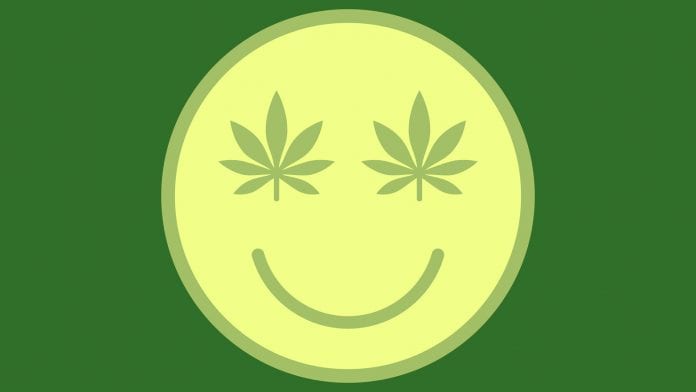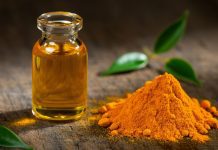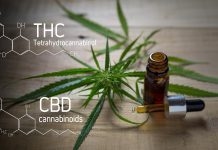
The idea that cannabis reduces pain is becoming more widely accepted – but does it reduce pain for headaches?
A new study has shown that the use of cannabis for headaches can be beneficial as it reduces headache and migraine pain by up to half. However, the study suggests that it is cannabinoids or other constituents like terpenes that play the central role in headache and migraine relief.
Inhaled cannabis reduces self-reported headache severity by 47.3% and migraine severity by 49.6%, according to a recent study led by Carrie Cuttler, a Washington State University assistant professor of psychology.
Cannabis for headaches and migraines
The study, published online recently in the Journal of Pain, is the first to use big data from headache and migraine patients using cannabis in real time.
Previous studies have asked patients to recall the effect of cannabis use in the past. There has been one clinical trial indicating that cannabis was better than ibuprofen in alleviating headache, but it used nabilone, a synthetic cannabinoid drug.
Cuttler, the lead author on the paper, said: “We were motivated to do this study because a substantial number of people say they use cannabis for headache and migraine, but surprisingly few studies had addressed the topic.”
Cuttler said: “We wanted to approach this in an ecologically valid way, which is to look at actual patients using whole plant cannabis to medicate in their own homes and environments.
“These are also very big data, so we can more appropriately and accurately generalise to the greater population of patients using cannabis to manage these conditions.”
The study found a small gender difference with significantly more sessions involving headache reduction reported by men (90.0%) than by women (89.1%). The researchers also noted that cannabis concentrates, such as cannabis oil, produced a larger reduction in headache severity ratings than cannabis flower.
Cannabinoids or terpenes?
There was no significant difference in pain reduction among cannabis strains that were higher or lower in levels of tetrahydrocannabinol (THC) and cannabidiol (CBD), two of the most commonly studied chemical constituents in cannabis, also known as cannabinoids.
Since cannabis is made up of over 100 cannabinoids, this finding suggests that different cannabinoids or other constituents like terpenes may play the central role in headache and migraine relief.
Cuttler said: “I suspect there are some slight overestimates of effectiveness. My hope is that this research will motivate researchers to take on the difficult work of conducting placebo-controlled trials.
“In the meantime, this at least gives medical cannabis patients and their doctors a little more information about what they might expect from using cannabis to manage these conditions.”







